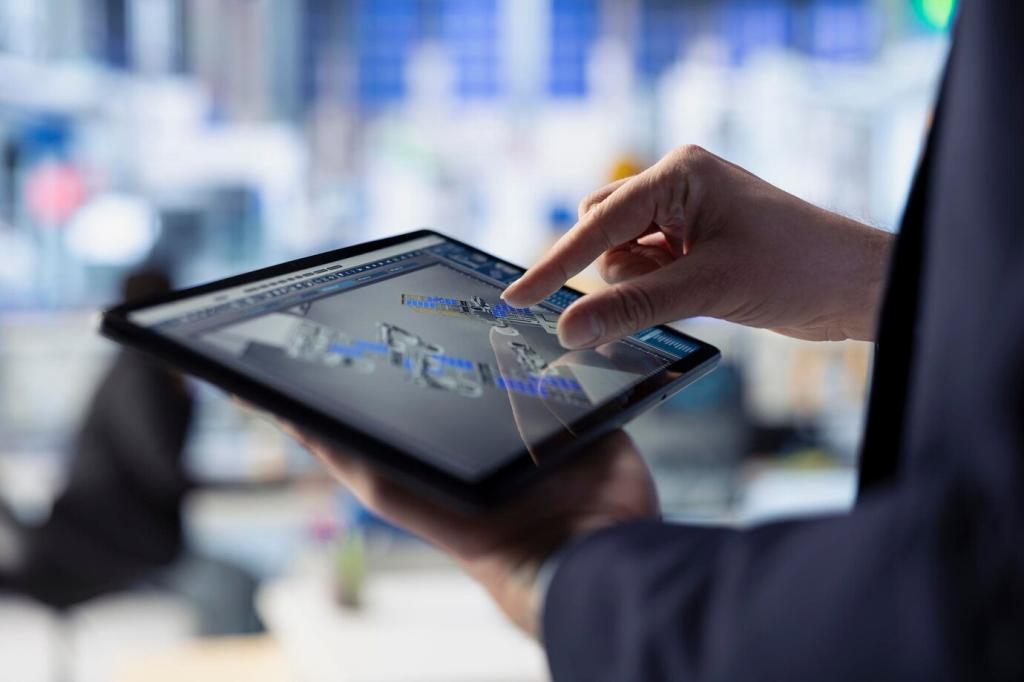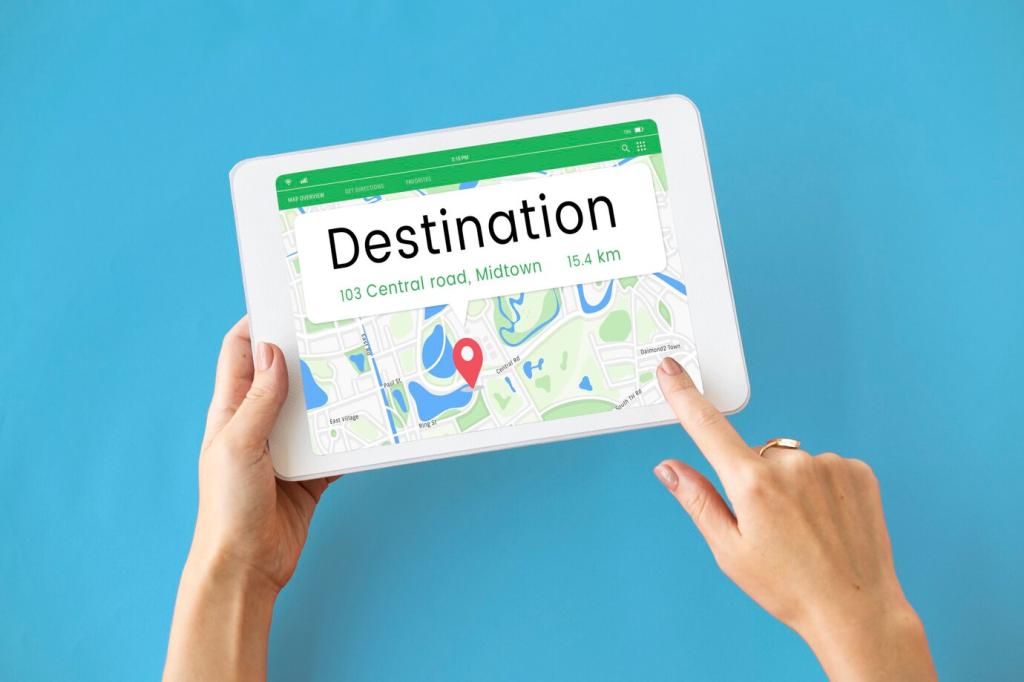Advancements in Real-Time Cargo Tracking Systems
The logistics landscape has transformed rapidly in recent years, driven by innovative technologies that enable accurate, real-time cargo tracking. Businesses now rely on advanced solutions to boost efficiency, ensure transparency, and provide timely information throughout the supply chain. This page explores the latest advancements in real-time cargo tracking systems, detailing how cutting-edge features are revolutionizing global logistics, facilitating smarter operations, and fostering better customer satisfaction. Learn how these systems are shaping the future of freight movement and what benefits they bring to the transportation and logistics industry today.

Evolution of Cargo Tracking Technology
From Manual Logs to Digital Platforms
In the early days of cargo transport, manual logs and paperwork were the primary means of tracking shipments. Staff at different checkpoints documented departure and arrival times, which were then relayed through fax or telephone to central offices. These methods were not only slow and inefficient but also prone to human error and miscommunication. The digital revolution brought about software solutions that automated much of this process. It became easier to collect, store, and transmit data, reducing mistakes and improving efficiency, yet these systems still had significant limitations regarding real-time updates and comprehensive data sharing.


The Shift to Real-Time Visibility
The introduction of real-time visibility tools has fundamentally altered expectations for shipment transparency. Technological advancements such as GPS and cloud computing mean that every movement of a container or pallet can be monitored in milliseconds. This shift allows logistics managers to respond swiftly to delays, reroute shipments when necessary, and proactively manage customer expectations. Real-time visibility has become a competitive differentiator, enabling companies to guarantee reliability, minimize theft, and optimize inventory management through precise, continually updated information streams.
Previous
Next
Enhanced Data Accuracy and Availability
Advanced sensors embedded in cargo or transport vehicles have dramatically improved the precision of tracked data. These sensors not only capture location but also monitor various parameters such as temperature, humidity, shock, and exposure to light. The data is relayed instantly to tracking software, allowing shippers and logistics managers to receive alerts if cargo conditions deviate from predefined thresholds. This heightened accuracy ensures integrity, protects perishables or delicate goods, and reduces the financial impact of spoilage or damage during transit.
GPS and Satellite Solutions in Cargo Tracking
The integration of the Global Positioning System (GPS) into tracking devices has elevated the standards of location accuracy in cargo management. GPS modules installed on containers, trucks, or individual shipments stream location data to central monitoring platforms. Unlike earlier methods, this data is highly precise, often down to a few meters. Freight operators can pinpoint the exact whereabouts of goods, plan routes more efficiently, and anticipate arrival times with greater certainty. Enhanced route optimization also leads to fuel savings and reduced environmental impact.


Previous slide
Next slide
Artificial Intelligence and Machine Learning Applications
AI algorithms process large volumes of historical and real-time cargo data to predict potential risks and disruptions. By analyzing trends, weather patterns, route conditions, and previous incidents, predictive analytics can foresee delays or damage before they occur. Logistics managers receive advanced warnings about high-risk shipments, allowing them to reroute or expedite deliveries as necessary. This preemptive approach to risk management minimizes losses, reduces insurance claims, and helps maintain high service levels.

Blockchain for Secure and Transparent Tracking

Blockchain’s core strength lies in its immutable ledger, where all transaction and tracking data are securely recorded and time-stamped. Every stage of a cargo journey, from port loading to final delivery, is transparently tracked and archived on the blockchain. This makes alterations without consensus impossible, reducing the risk of fraud or hidden tampering with shipment records. An auditable, permanent record ensures credibility and simplifies compliance with regulatory requirements.
User-Friendly Interfaces and Mobile Integration
Contemporary cargo tracking systems offer user-centric dashboards with simple, visually engaging displays of critical data. Clear mapping, status markers, and real-time alerts help logistics teams quickly assess shipment conditions and make decisions without sifting through dense reports. These intuitive designs lower training barriers, minimize operator errors, and boost efficiency across both large-scale operations and smaller businesses new to digital tracking.

